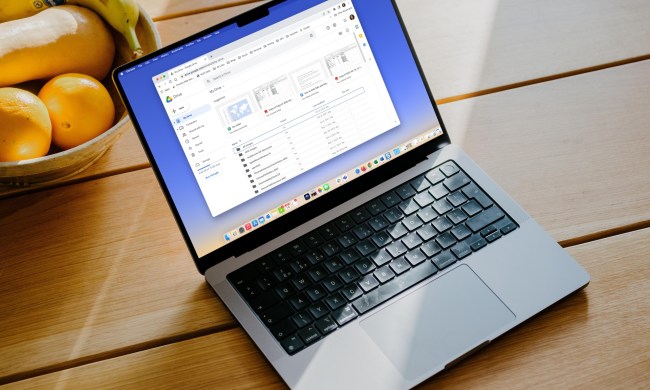Google’s Chrome browser is infamous for consuming a lot of RAM. While recent updates have attempted to solve this problem from a technical side, a new feature may put more of the management in the hands of the user.
With the latest beta version of Chrome Canary, users can now simply hover their mouse cursor over a tab to gain access to real-time memory usage of that specific tab.
Up until now, you had to dig into the Chrome Task Manager to see how much memory each tab is consuming. But as reported by Windows Central, the new feature would give you quick and direct access to this important information. The prototype feature was first posted on X (formerly Twitter) by user Leopeva64 and showed the tab RAM usage.

Of course, it only gives a small overview and doesn’t offer the same detailed information (such as running processes, tabs, and extensions0 as the built-in task manager.
Practically speaking, having a small indicator on the top is going to make the process of clearing unwanted tabs a lot easier. The new feature is also said to inform users about whether Chrome’s Memory saver feature has actively frozen a tab to save memory similar to Microsoft Edge’s Sleeping tabs feature. Of course, this feature only works when a certain tab is inactive for a long period of time.
Google is said to be testing this feature, but if you are using version 117 on the Stable Channel, you may get access to it. To enable the memory usage feature, head to Chrome://flags and search for Show memory usage in hovercards. Select the dropdown and enable it. A quick restart may also be required.
Recently, we saw Google testing on a feature that helps organize tabs in a more efficient way. Using the Organize Tabs features, the browser attempts to reorder your tabs into groups of similar pages. It even lets you rename these groups, and create tab groups automatically once it has categorized your tabs.



